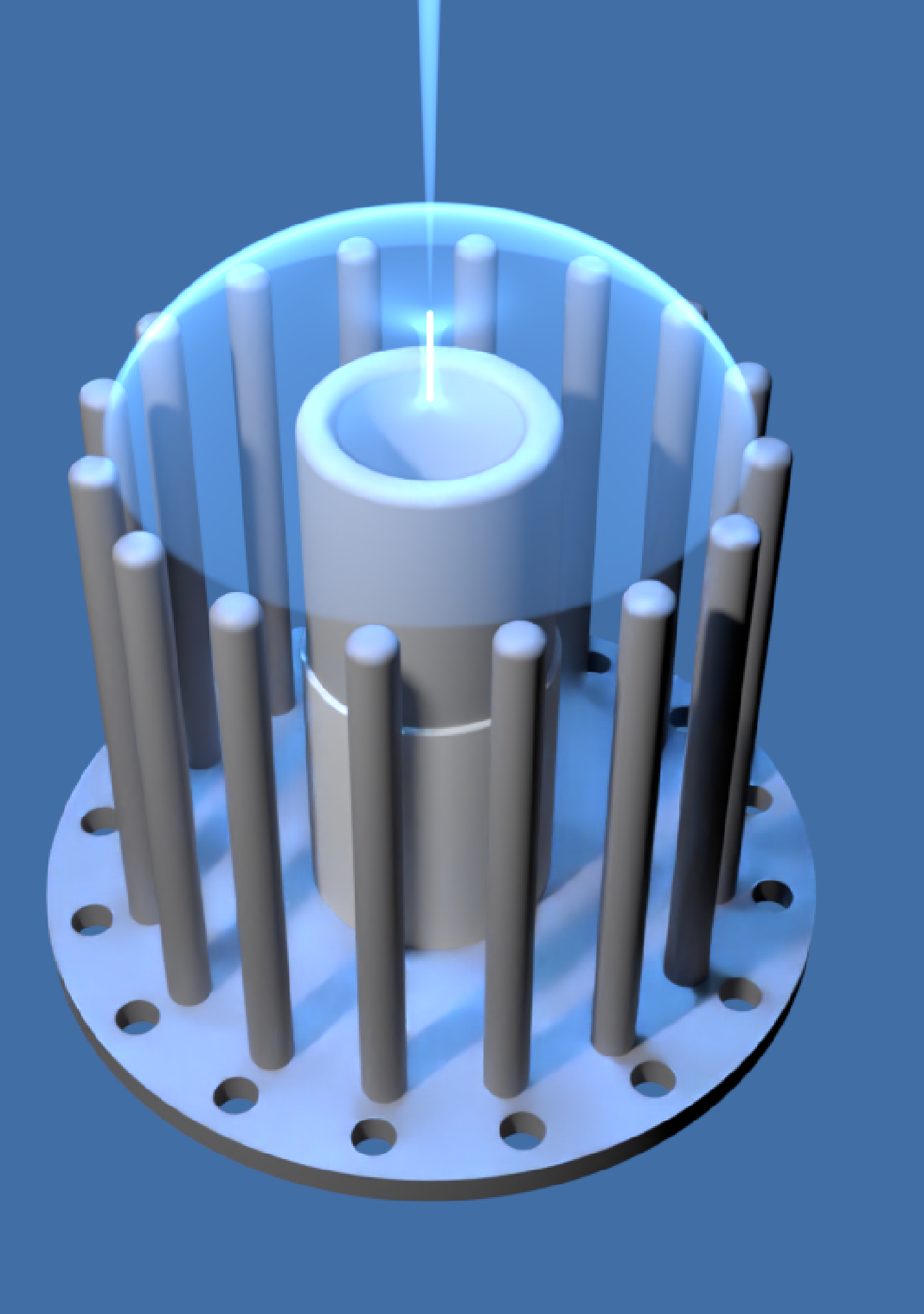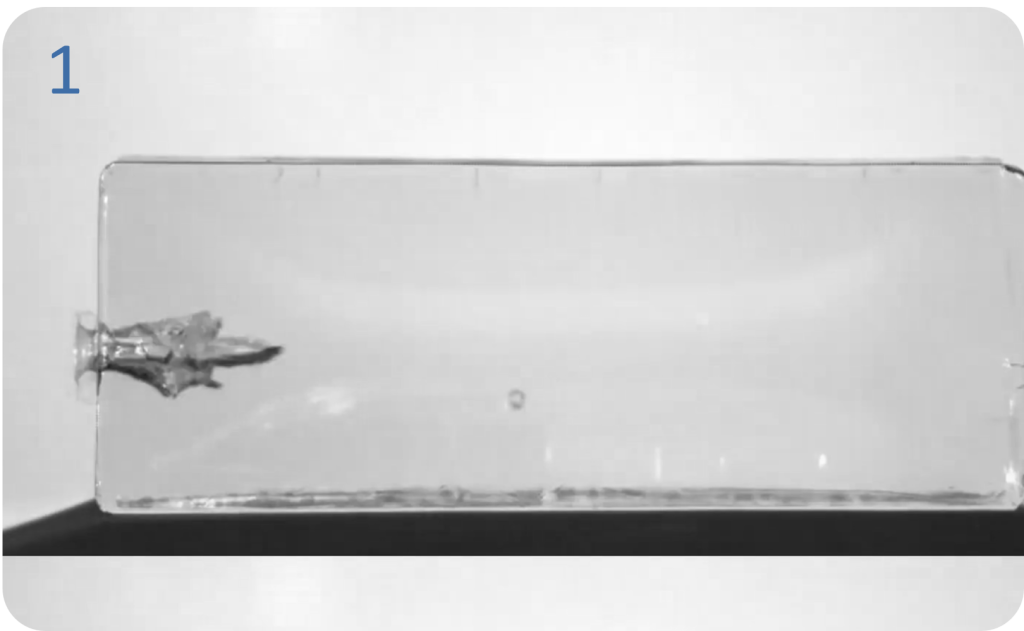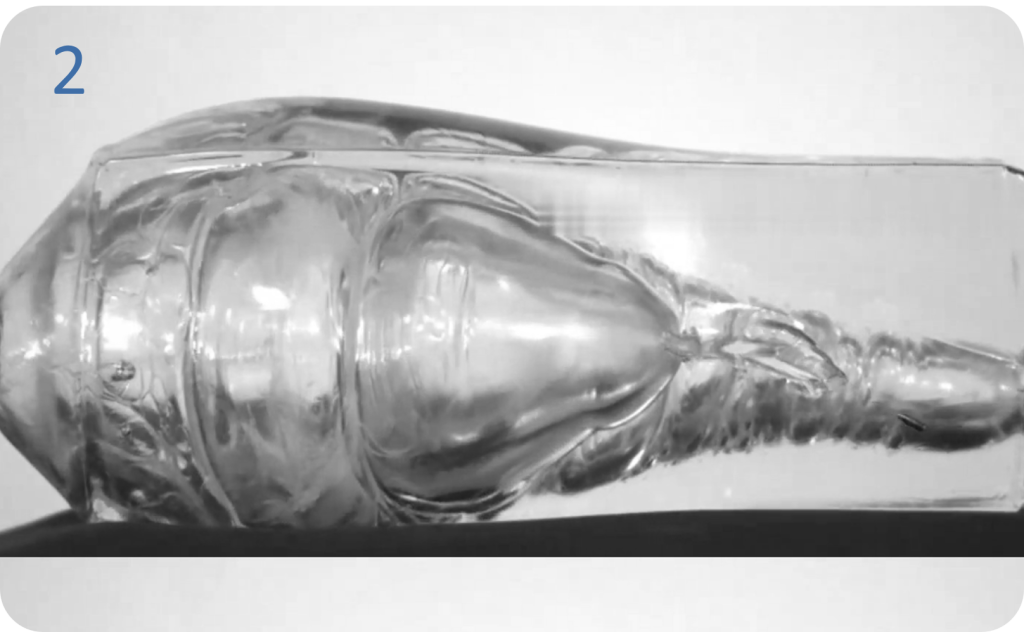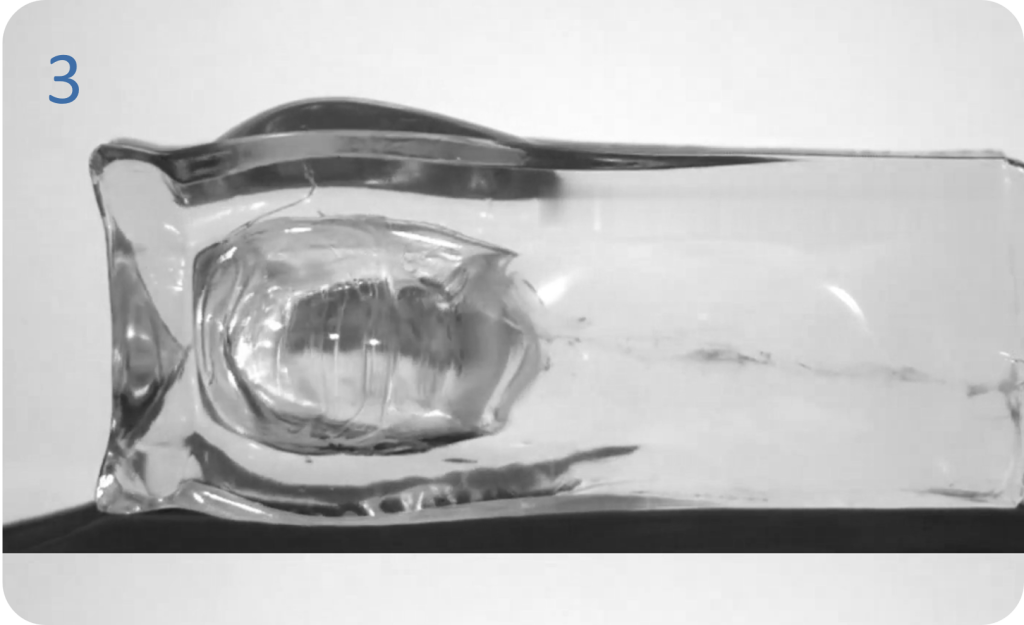Adding Lasers to the DPF

Magnet devices like JET operate at high performance because large external systems energize and stabilize the fuel.
In theory, ultrafast lasers can do the same for a DPF, but it has never been tried.
Potential benefits:
- heating and stabilization
- (dramatic) transient magnetic field amplification
- relativistic self-focusing
- cavitation
The goal is to create a very high-intensity pinch inside the primary pinch.
For cavitation, here is a crude analogy of the laser-DPF, where the bullet represents the laser and the gel is the fusion fuel:
What happened?

Friction transfers the bullet’s energy to the gel.

This vapourizes some of the gel, and the hot gas causes a bubble to form.

When the gel rapidly bounces back, compression heats the vapour, like how a bicycle pump gets hot.

The temperature gets high enough for ignition, releasing some of the chemical energy stored in the gel.
Computer simulation using the open source EPOCH software from the University of Warwick (UK) shows a similar effect when an ultrafast laser pulse enters the DPF fuel:
The fuel will bounce back like the gel because of the pinch magnetic field. Unfortunately, the calculations do not progress further because a small computer was used.
To remedy this, 15 million hours have been awarded on the second largest computer in Europe, LUMI (FI), which provides free access to private companies conducting open science via the EuroHPC Joint Undertaking (EU).
Paul is studying magnetic reconnection with PEPC, while Steve is using EPOCH to figure out design rules for optimal laser-DPF coupling.

“Essentially, all models are wrong, but some are useful.” — Box and Draper, pg 424
To appreciate the usefulness of these calculations, here is a spectrum for computer simulations:

EPOCH and PEPC have sophisticated algorithms for representing reality, raising confidence in the results, with the tradeoffs that only a small volume can be studied, the calculations require a lot of computing time, and an awkward amount of raw data is produced. Both programs have been checked against experimental measurements (here and here).
